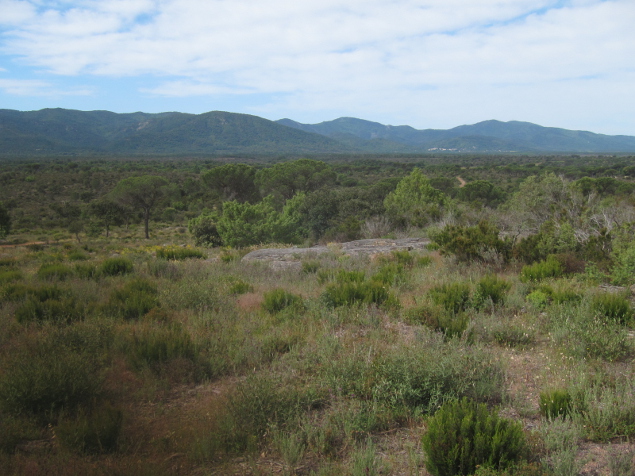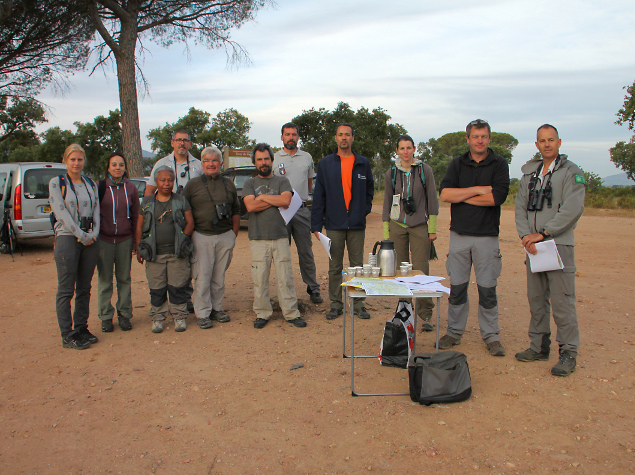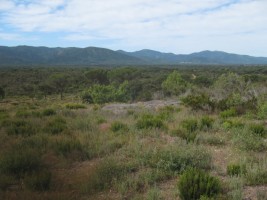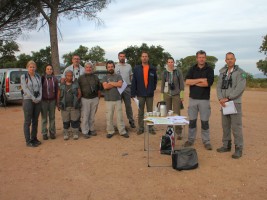Protection of the woodchat shrike in Provence-Alpes-Côte d’Azur

Woodchat shrikes are small to medium-sized passerines. Their main distinguishing features are a black band across the eyes and a hooked beak, which reflects their raptor nature. They are found mainly in scrubland (garrigue and maquis) where dry grasslands are or have been used for extensive livestock breeding. Woodchat shrikes can also be seen in diversified vineyards with hedges, copses, embankments and fallow land.
The species is in critical danger of extinction in Provence (the regional population is currently estimated at fewer than 100 pairs). This situation may be the result of more intensive farming practices, greater use of agrochemicals and a decline in pastoral farming.
With the support of DREAL PACA, the region’s LPO (Bird Protection League) is seeking to improve understanding of the distribution, population size and trends of the woodchat shrike in Provence. To this end, various initiatives are planned:
- Coordinating a regional survey on the woodchat shrike via the Regional Network of Protected Natural Areas (species inventory in the main geographical strongholds identified through participatory scientific surveys);
- Conducting an awareness-raising initiative with local stakeholders on the issues involved in conservation of the species; publishing a brochure and technical factsheets on positive protection measures;
- Working in partnership with the main managers of the natural areas concerned to encourage good practice, in particular by organizing conferences and field trips for the general public.
Final report summary (January 2018):
Over the funding period, the LPO team led various actions:
- An investigation has been coordinated in the Plaine des Maures natural reserve (where most of the headcount is concentrated). 17 individuals have thus been counted.
- A brochure taking up the basic knowledge on the woodchat shrike in the region has been edited in 5 000 copies.
- Two meetings have taken place in Maubec and Vitrolles.
A census in the natural reserve will be repeated in 4 years to measure the species demographic evolution and the efficiency of the planned management measures.






